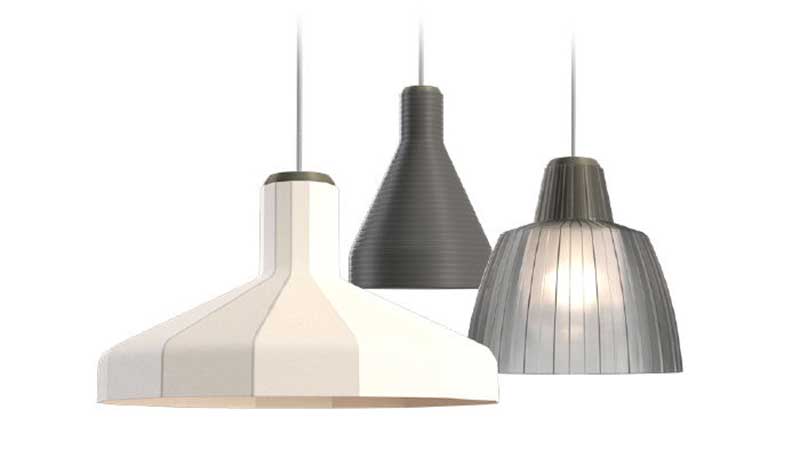15 years ago, our studies suggested that LED lighting will be the next big things and sure enough, LED innovations disrupted the lighting industry and set it on a new course. At Signify, with customers and organizations focusing on a green future, we believe that 3D printing is no longer a matter of if it is going to happen, rather than when it is going to happen. Needless to say, wholesalers and electrician installers should make the most of the opportunity presented by this innovation, due to the many benefits offered.
Firstly, additive manufacturing in the lighting industry will allow manufacturers to create uniquely designed lighting products which will suit the exact need of the customer and enrich the wholesalers’ product portfolio. This also gives customers architectural and aesthetic flexibility to design bespoke fittings with more innovative designs, with different shapes and more complex colours. What’s more, customers can order products at a minimum quantity of just 1 luminaire, making this an even more attractive offer. For example, this can help cater to the need for one recessed downlight with an unusual size cut out for a retro fit. Using a simple online configurator, a downlight can be designed to spec, in 5mm cut out increments ranging from 150-280mm as well as a range of bezel colours, optics, or controls such as Interact wireless, Dali and emergency.
Secondly, with the instant availability that 3D printing provides, both manufacturers and customers will benefit from lower costs and less time-consuming labor. To add to this, 3D printed luminaires can save time before install trying to find a suitable cut out, save time during install as these are customized lights and they will simply fit – as they are made as per exact specifications. Thirdly and most importantly, we have already established that 3D oriented luminaires are a great choice for customer on a sustainability agenda as they go against the make-use-waste economy. Lastly, 3D printed luminaires can offer improved customer satisfaction, from manufacturers like Signify, making this a win-win for the manufacturer, the customer, and the wholesaler – encouraging us to be a part of a changing world and take a step in the right direction.





